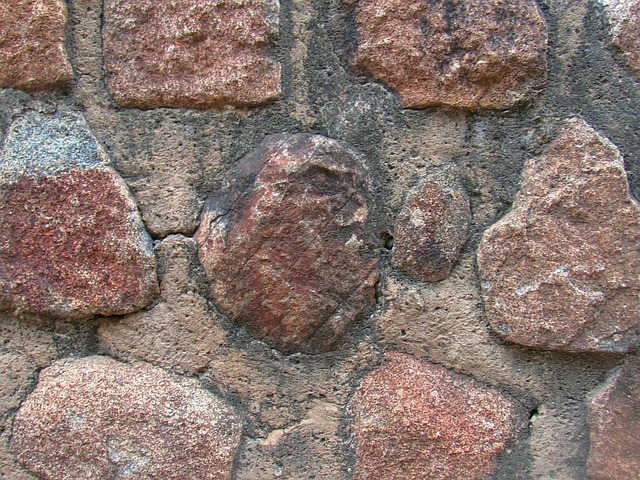The idea of binding concrete to stone might inspire fear in the hearts of even the most experienced builders. It can seem impossible to bind concrete and stone because of the physical composition of concrete and the fact that stone is porous, meaning it is covered in little holes that create an irregular surface. What techniques are there to provide a solution in this situation?
Two-stage Epoxy Solutions
The majority of products on the market are epoxy adhesives, which usually contain two components that have to be combined to bind the stone and concrete together. The method of application involves sanding down the surfaces to remove any irregular facets. This is followed by applying a layer of the first chemical, usually polyester- or styrene-based, to both faces, pressing them together and waiting, and then repeating with the second preparation, the epoxy adhesive.
Such two-stage industrial adhesives have the downside of taking a long time to set – sometimes up to a week. The setting and curing process can also fail due to temperature changes or movement. This makes them rather inflexible in a construction environment, where different materials respond differently to temperature, expanding and contracting at different rates. Additionally, if the two components aren’t added in the exact quantities specified, the adhesive effect will fail, making this solution frustratingly temperamental.
One-stage Adhesive Solutions
More recent developments in adhesive technology have led to single-stage concrete-stone binding solutions. These products are usually polymer-based and bond the two surfaces together far more quickly. This adhesive solution also has the benefit of compensating for the varying expansion rates of different materials, providing flexibility alongside a permanent bond. Polymer-based adhesives produced by companies such as ct1 can also be applied in cold conditions or on damp surfaces, although this can reduce the strength of the fixing in vertical applications.
When used carefully, however, polymer-based solutions can save time and work more effectively. The chemical composition also allows for a far greater range of applications. Uses in construction include the fixing of stone lintels around windows, where the fast-setting effect helps reduce labour time. Increasingly popular stone facades are traditionally time-consuming constructions, but polymer-based one-stage applications help cut down the work time required. It is expected that more and more construction companies will be applying them in new builds over the next few years.

